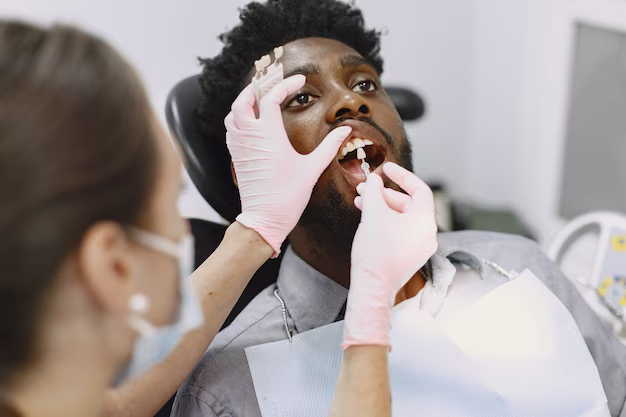ADDRESSING ORAL HEALTH DISPARITIES AMONG REFUGEE AND IMMIGRANT POPULATIONS
Oral health has increasingly become recognized as a vital component of overall health and quality of life. This growing awareness has prompted governments and health organizations, particularly in the United States, to prioritize oral health as a key public health concern. Regular dental checkups and preventive care are essential for maintaining oral health, especially as individuals age. However, refugee and immigrant populations face significant challenges in accessing these critical services, leading to substantial oral health disparities.
Research has consistently shown that refugee and immigrant populations encounter numerous obstacles in obtaining regular dental care. These barriers, which are prevalent in developed countries, include:
- 1. Navigating Complex Healthcare Systems: Many immigrants struggle with understanding and navigating unfamiliar healthcare systems, which can be daunting and confusing. This often results in delayed or missed dental appointments.
- 2. Financial Barriers: The high cost of dental insurance and out-of-pocket expenses are significant deterrents to seeking timely dental care. Many refugees and immigrants may lack the financial resources to afford necessary treatments, leading to untreated dental conditions.
- 3. Cultural Disparities and Mistrust: Cultural differences in healthcare practices and beliefs can create discomfort and mistrust toward dental professionals. This cultural disconnect often discourages individuals from seeking care, as they may feel that their needs and concerns are not adequately understood or respected.
- 4. Language Barriers: Limited proficiency in the local language can severely hinder communication between patients and healthcare providers. This barrier not only affects the ability to understand treatment plans and medical advice but also contributes to a lack of awareness about available dental services.
- 5. Health Literacy: Health literacy, including oral health literacy (OHL), is a crucial determinant of health outcomes. Individuals with low health literacy are at a higher risk of developing oral diseases and related complications.
The concept of OHL has gained attention m dental research, emphasizing its importance in addressing oral health disparities. For instance, a study by Pullen et al. (2018) explored oral health beliefs and knowledge among Mexican immigrants in the Midwestern United States. The findings revealed that a significant portion (79%) of participants believed that losing teeth in old age was inevitable, reflecting a sense of fatalism and limited understanding of oral health practices. Similarly, research by Patino (2016) in Iowa using the Comprehensive Measure of Oral Health Knowledge (CMOHK) survey among Hispanic/Latino participants demonstrated a positive correlation between high oral health literacy and increased dental service utilization.
In conclusion, addressing oral health disparities among refugee and immigrant populations requires a multifaceted approach that includes improving oral health literacy. By empowering these individuals with the knowledge and skills to understand and effectively utilize dental health services, we can make significant strides in reducing oral health disparities and improving overall health outcomes for this vulnerable population. Comprehensive efforts must be made to ensure that refugee and immigrant communities receive the support they need to overcome these barriers and achieve optimal oral health.




